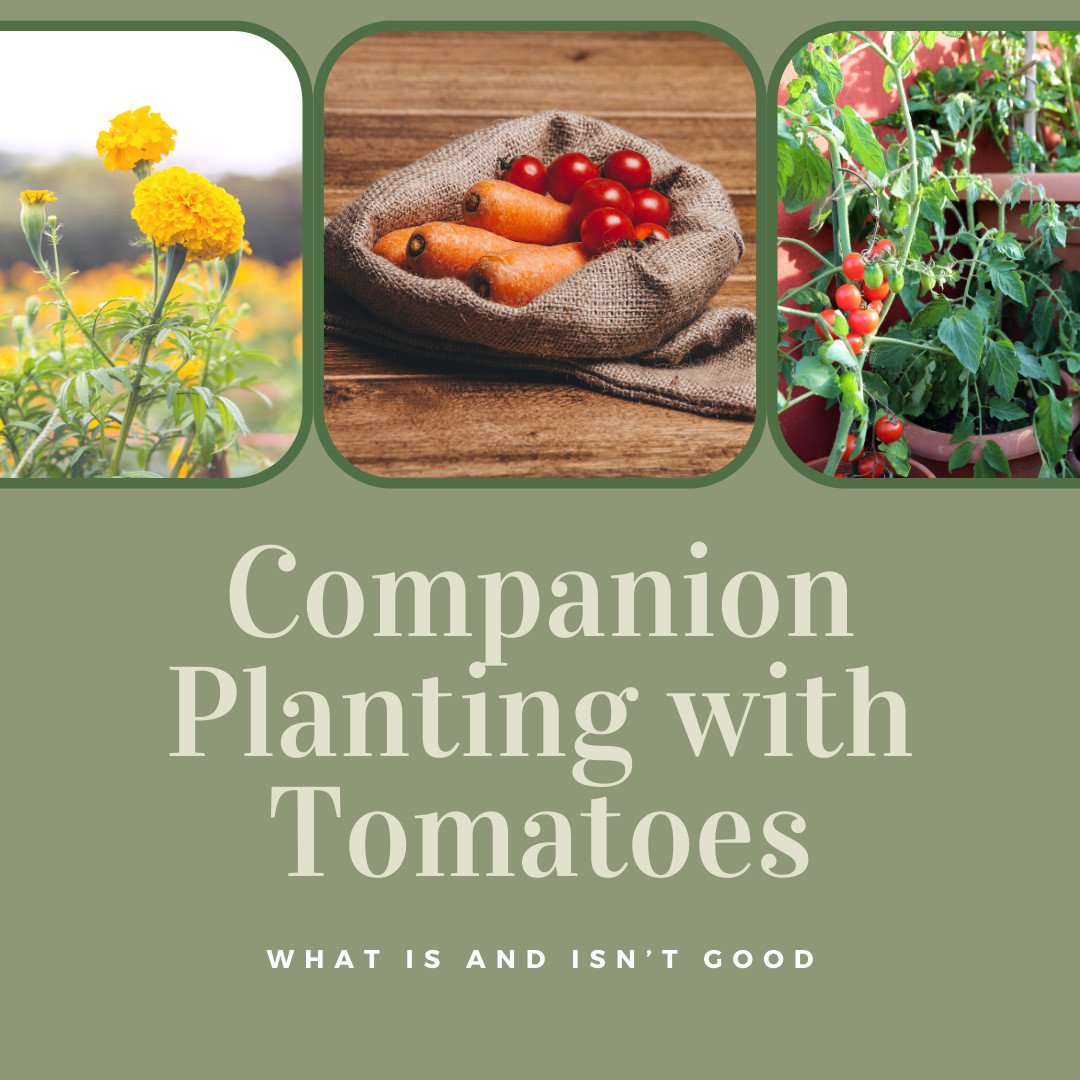
For years we have planted basil with our tomatoes, even before we knew much of anything about companion planting. We just noticed that it gave our tomatoes a nice flavor, so we continued to do it.
Now that we have gotten into gardening more over the years, we have really started looking into companion planting. Since tomatoes are a popular plant in most home gardens, I thought it would be a good one to start with.
First of all, what is companion planting? Basically it's planting things together that can improve flavor, increase yield, and repel pests. And, yes, there are also things you should not plant together for some of the same reasons.
So, what's good to plant with tomatoes?
- Basil: Basil repels pests such as mosquitoes, flies, and tomato hornworms. It also enhances the flavor of tomatoes when grown nearby.
- Garlic & Onions: These plants deter pests such as aphids, spider mites, and whiteflies. They also provide a pungent aroma that can confuse and repel pests.
- Carrots: Carrots have shallow roots that won't compete with tomatoes for nutrients. They also break up the soil, improving drainage and aeration.
- Lettuce: Lettuce has a shallow root system and can provide shade to the soil around tomatoes, helping to retain moisture and regulate temperature.
- Peppers: Peppers share similar growing conditions with tomatoes and can help repel pests like aphids and spider mites. They also add diversity to the garden.
- Marigolds: Marigolds contain compounds that repel nematodes, which can attack tomato roots. They also attract beneficial insects like ladybugs and hoverflies, which prey on tomato pests.
- Nasturtiums: Nasturtiums repel aphids, whiteflies, and squash bugs, which can damage tomato plants. They also act as a trap crop, attracting pests away from tomatoes.
- Borage: Borage attracts bees, which helps improve pollination of tomato flowers, leading to better fruit set. It also repels tomato hornworms.
Like I mentioned above, there are also a few plants that should NOT be planted with tomatoes.
Some of these are:
- Corn: Both corn and tomatoes are heavy feeders, meaning they require a lot of nutrients from the soil. Planting them together can lead to intense competition for nutrients, resulting in reduced growth and yields for both crops.
- Potatoes: Both tomatoes and potatoes belong to the nightshade family (Solanaceae) and are susceptible to similar pests and diseases, such as potato blight and tomato hornworms. Planting them together can increase the risk of spreading diseases and attracting pests.
- Fennel: Fennel produces compounds that can inhibit the growth of nearby plants, including tomatoes. Planting fennel near tomatoes can stunt their growth and reduce yields.
- Brassicas (Cabbage, Broccoli, Cauliflower):These plants release compounds called glucosinolates, which can inhibit the growth of nearby plants, including tomatoes. Additionally, brassicas are susceptible to similar pests like cabbage worms and aphids, which can also attack tomatoes.
- Kohlrabi: Kohlrabi can release chemicals that inhibit the growth of tomatoes and other nearby plants. It's best to keep them separated in the garden.
- Walnuts: Walnut trees produce juglone, a chemical compound that can inhibit the growth of many plants, including tomatoes. Planting tomatoes near walnut trees can lead to stunted growth, yellowing leaves, and reduced yields.
It's always a good idea when planning out your garden to double check the plants you are planting together to make sure they do not produce an undesired effect. Also keep in mind that planting flowers along with your vegetable garden can encourage pollination. This is something to really keep in mind if you are a beekeeper. And, if you plant the right kinds of flowers, you can also harvest them for teas and other herbal uses.
🌸 From my homestead heart to yours —
If you’re walking this same journey of homemaking, decluttering, and creating a peaceful, faith-filled home, you’re not alone.
I’d love to share encouragement, simple living inspiration, and homestead wisdom with you — right to your inbox.
If you’re walking this same journey of homemaking, decluttering, and creating a peaceful, faith-filled home, you’re not alone.
I’d love to share encouragement, simple living inspiration, and homestead wisdom with you — right to your inbox.
– Amanda | The HomeGrown Mom 🌾


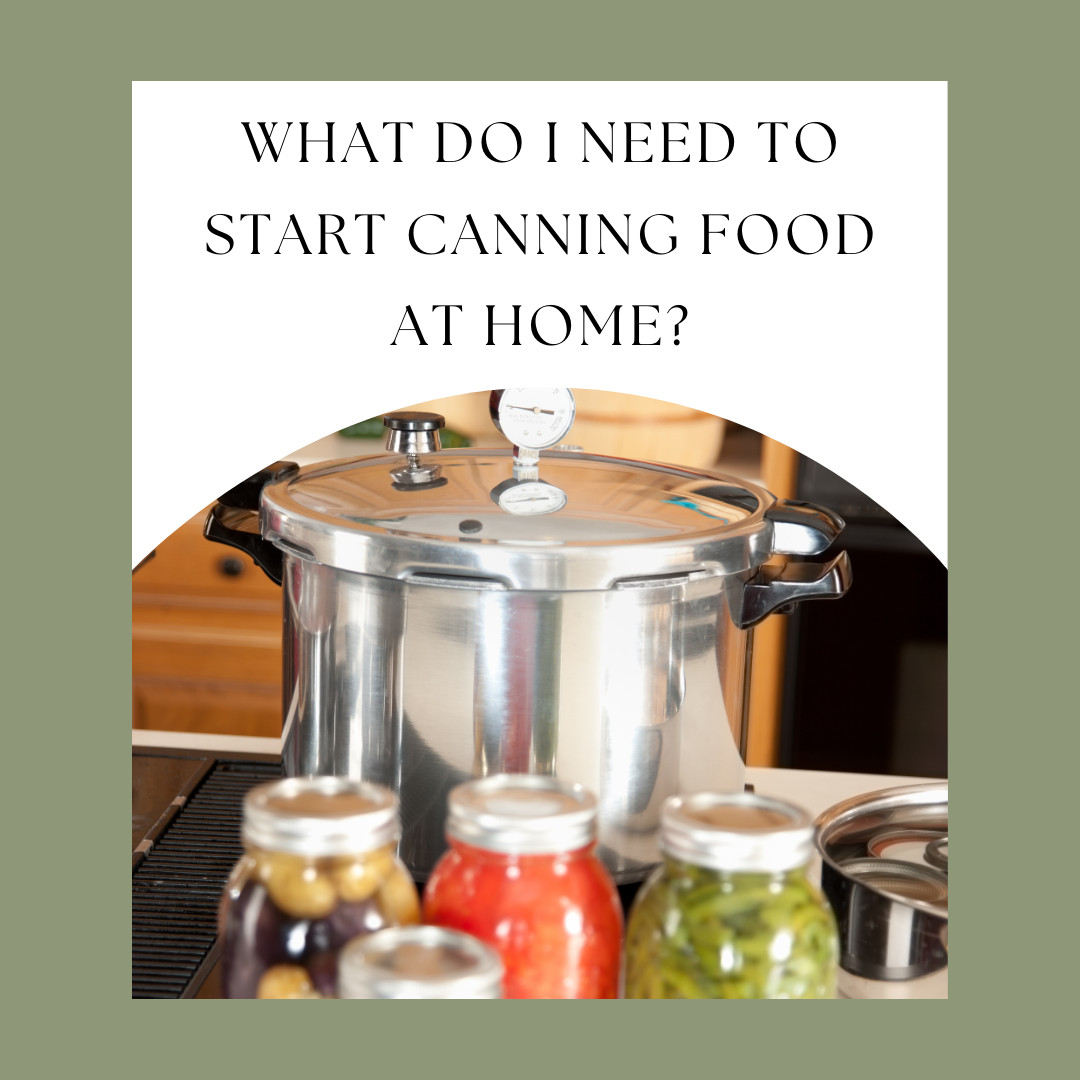
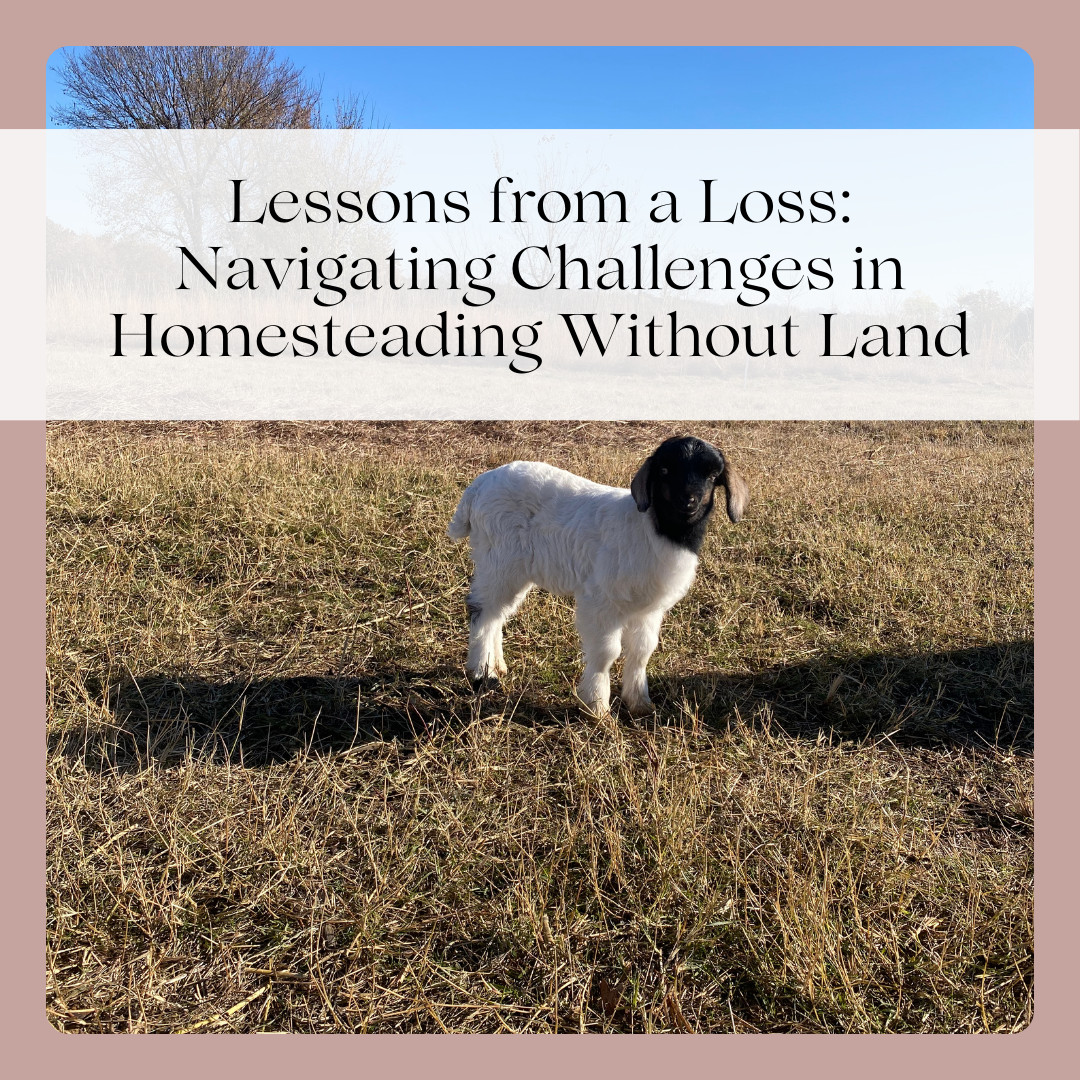
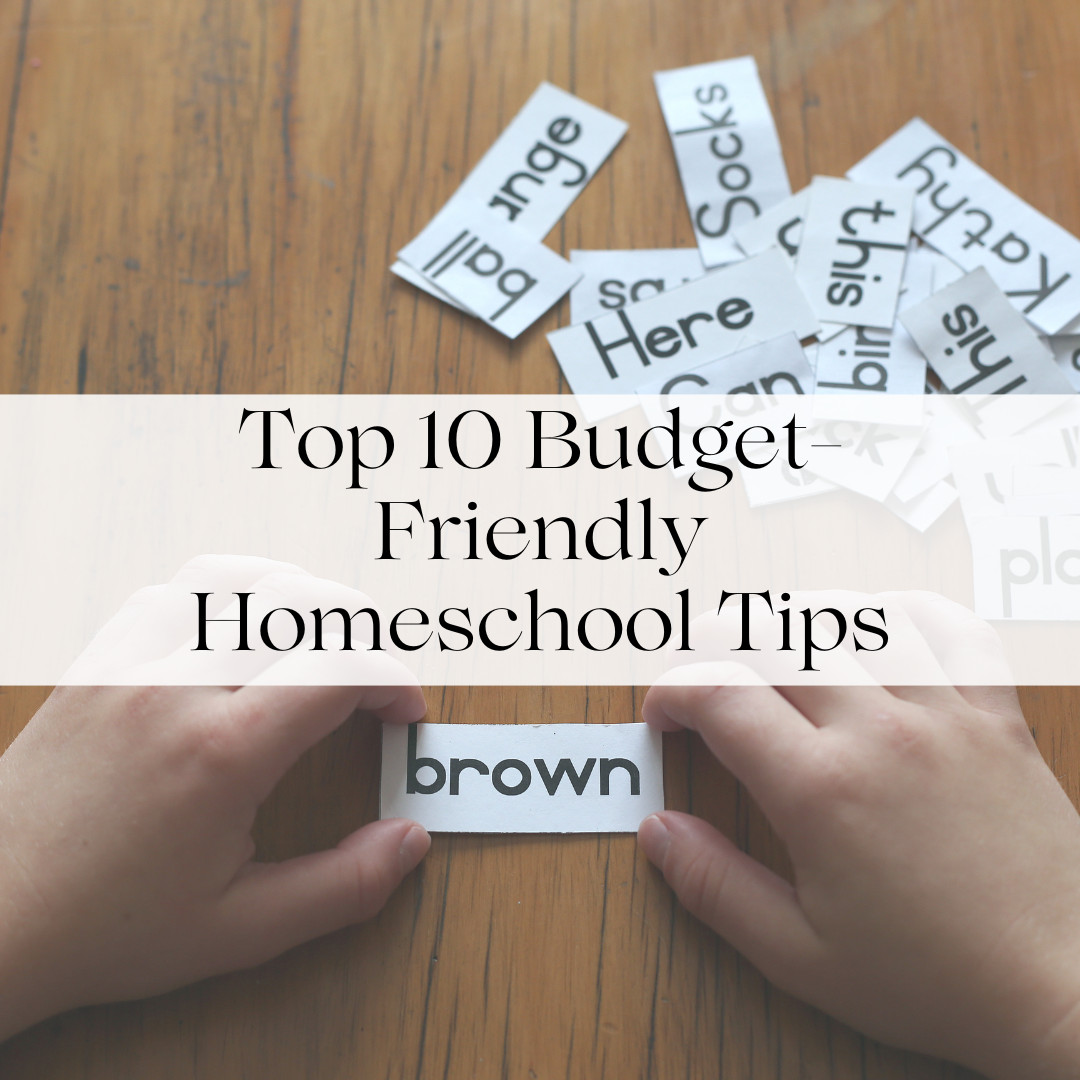


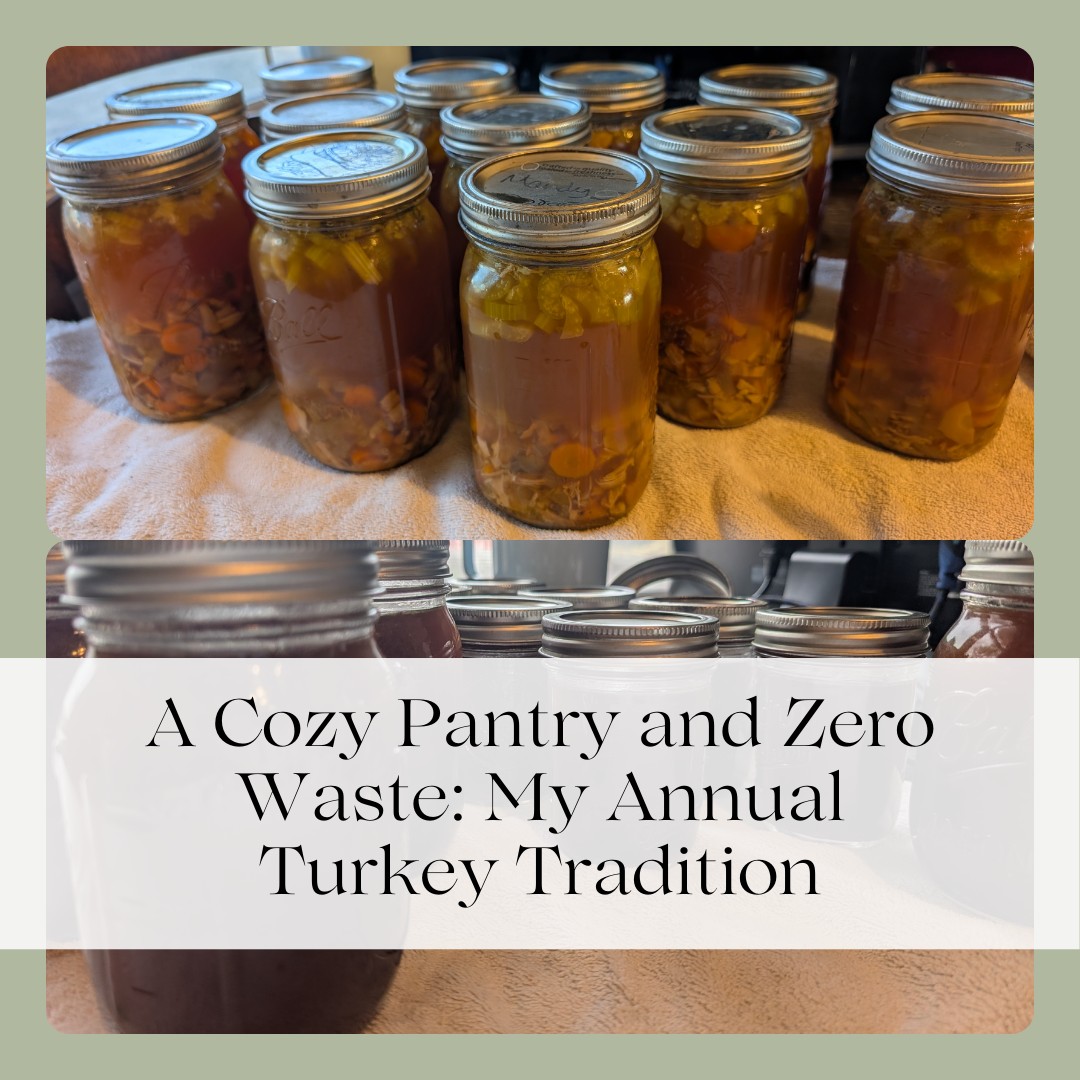



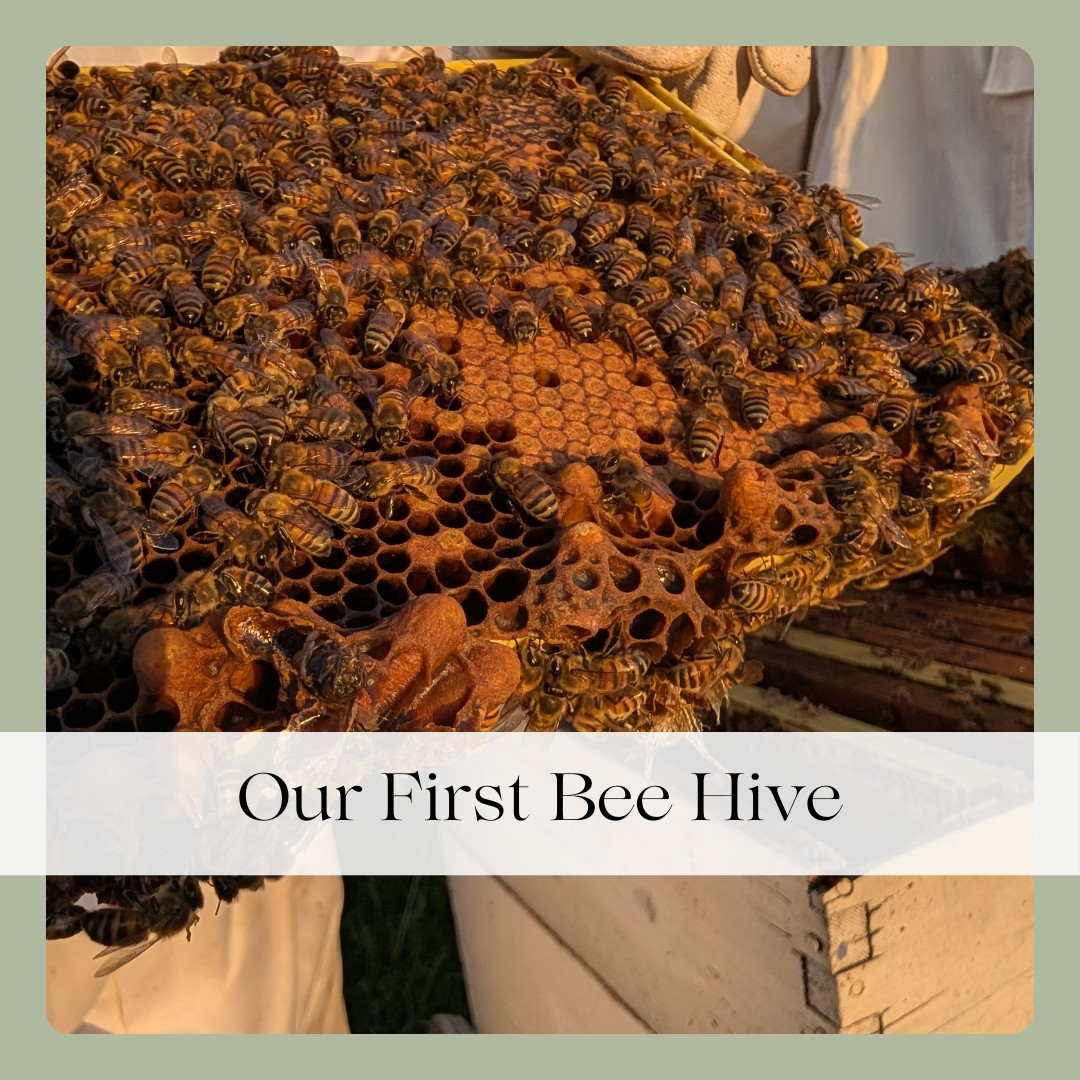
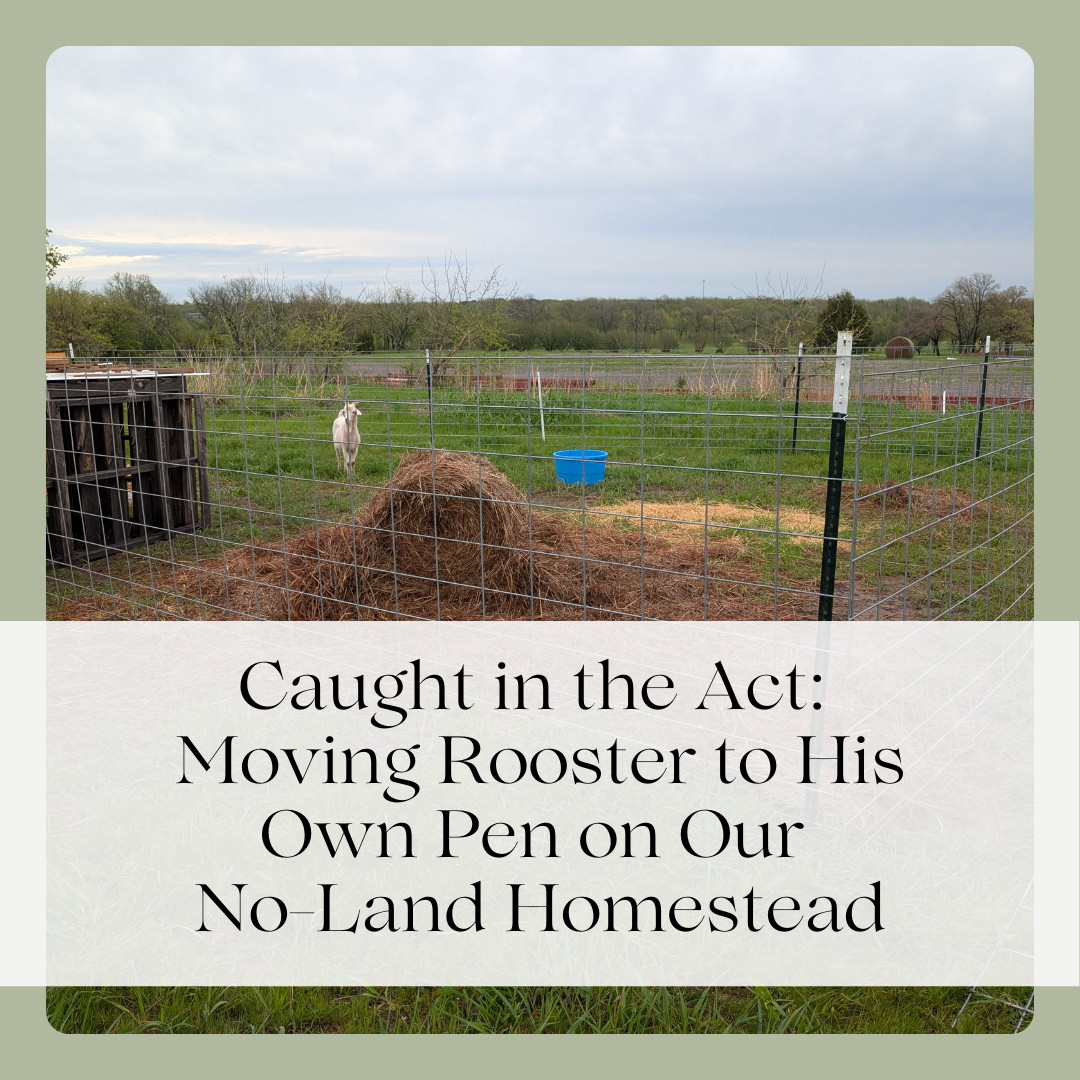

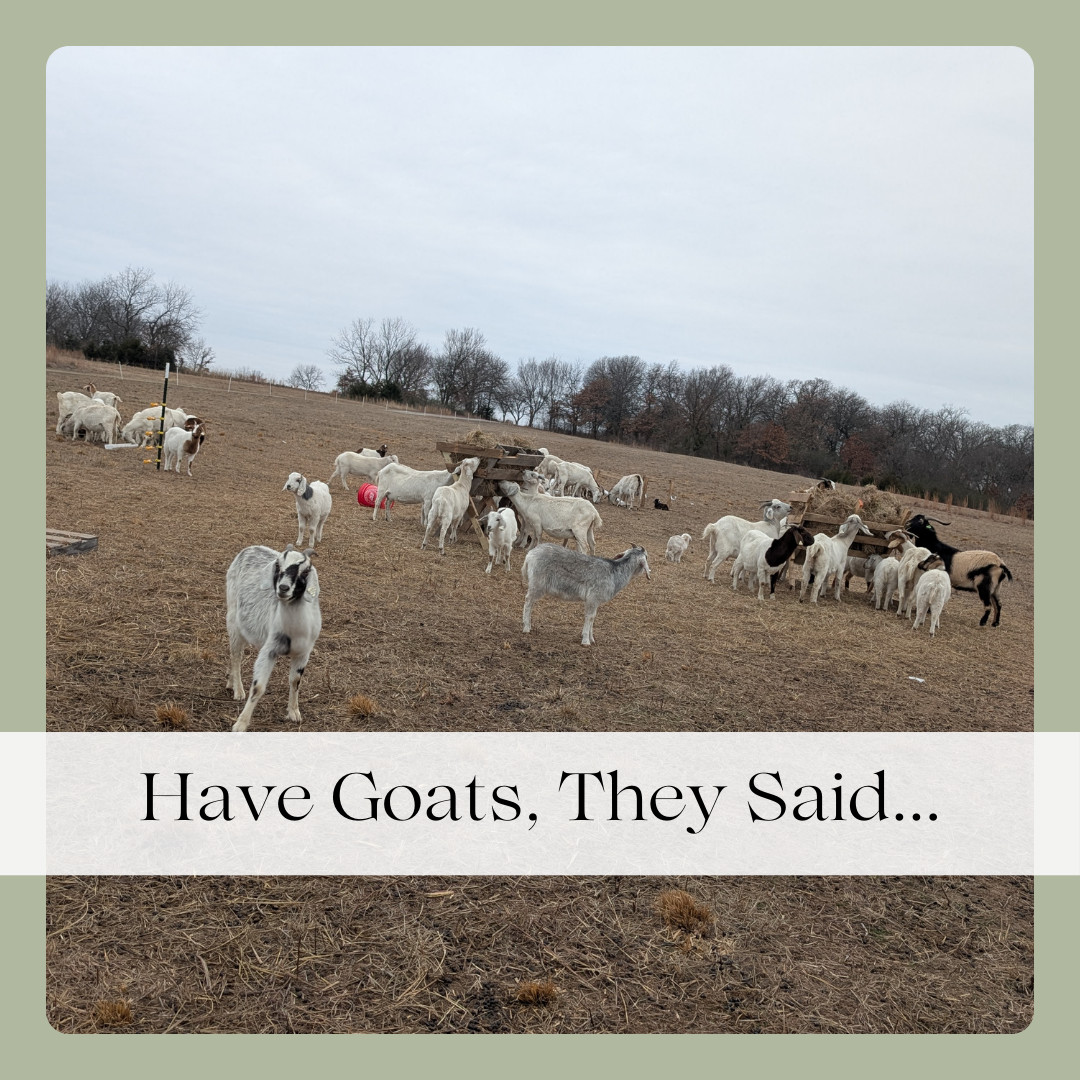
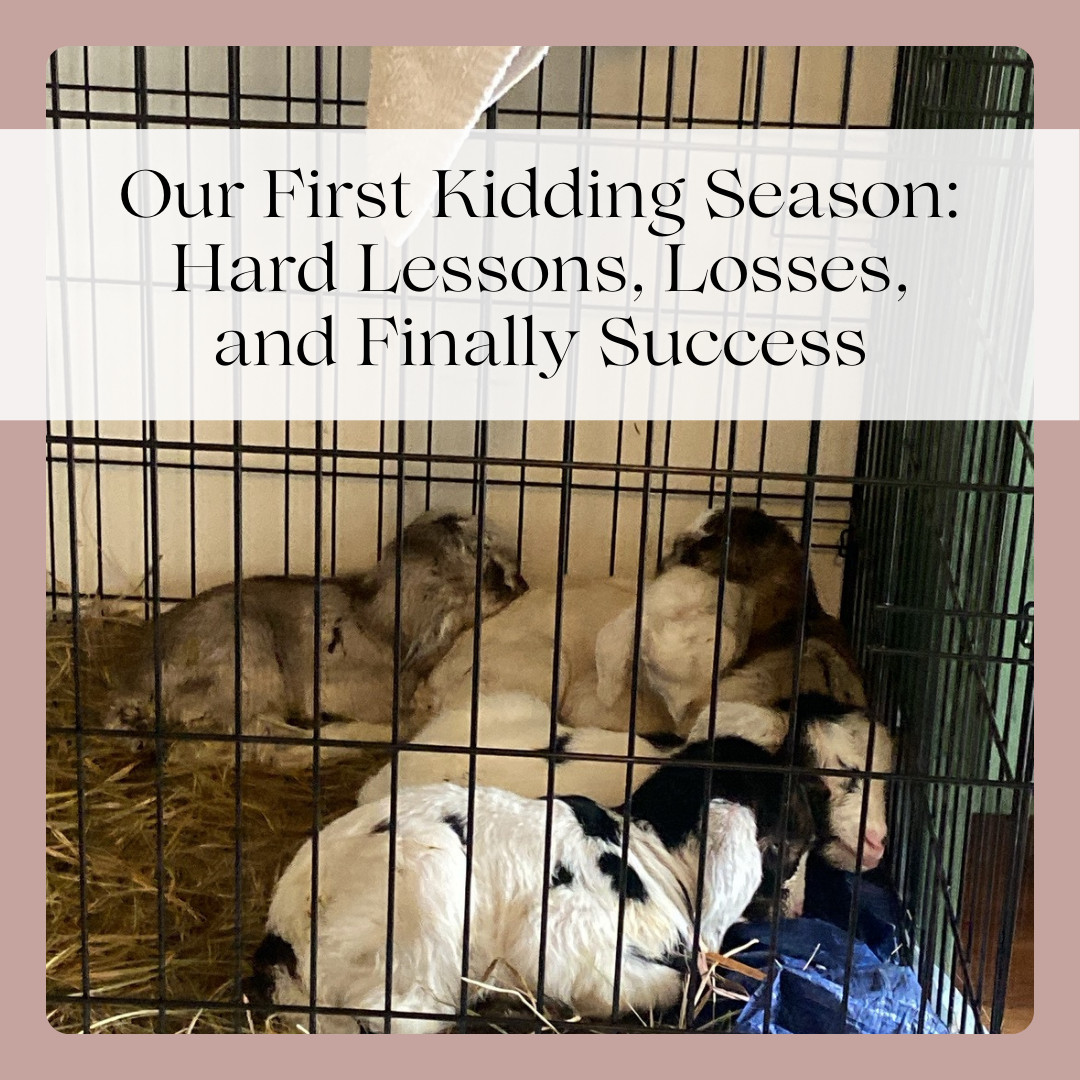






0 Comments